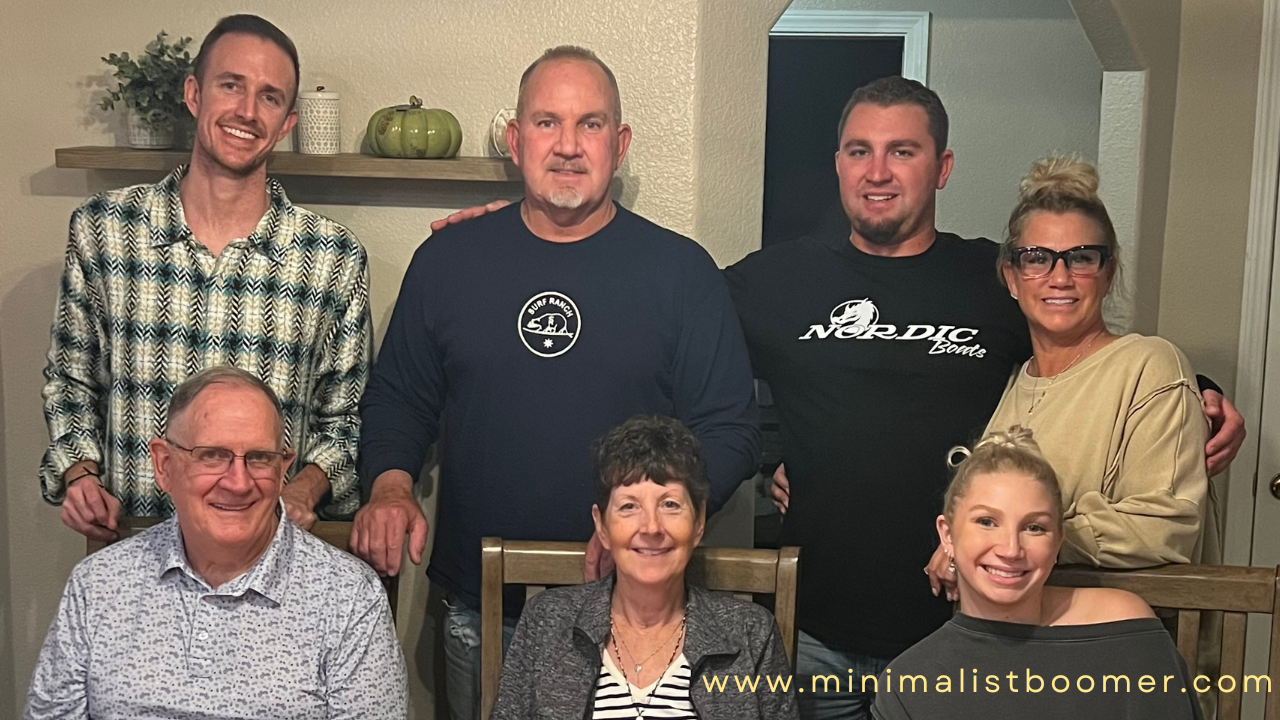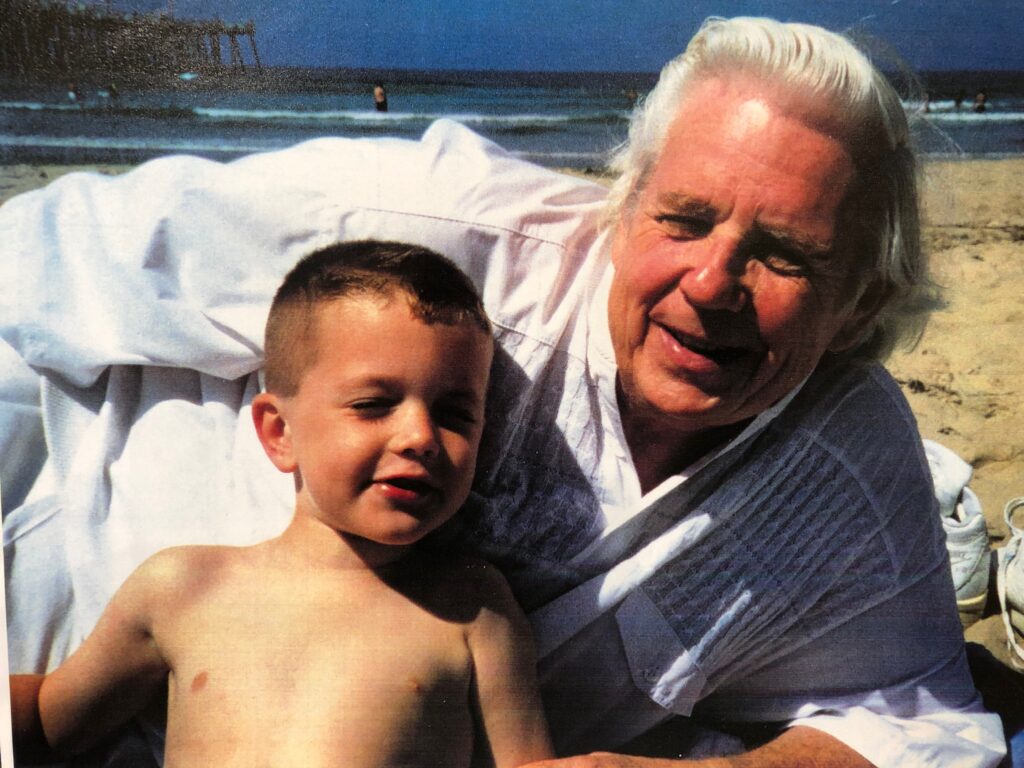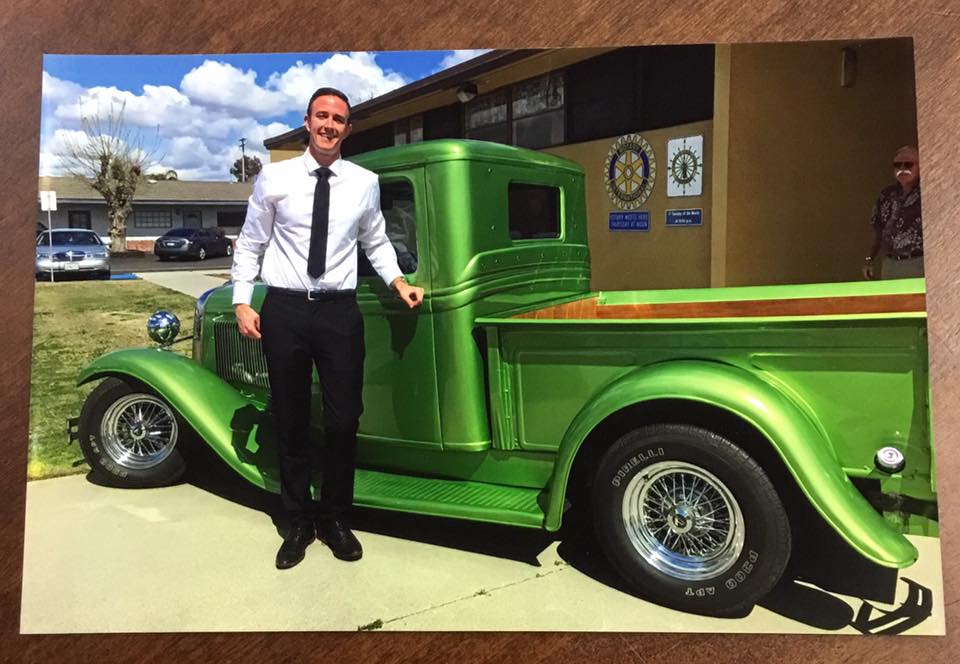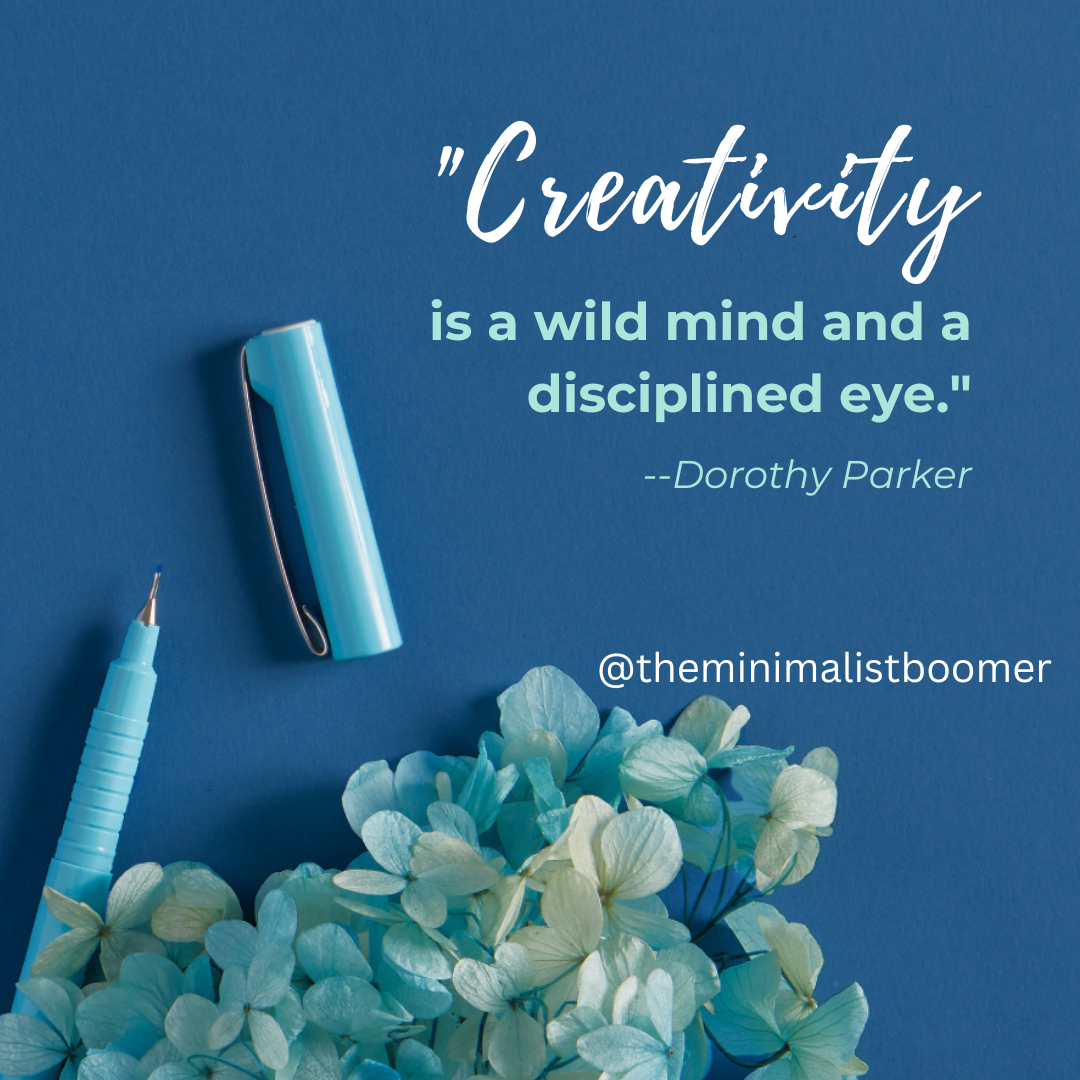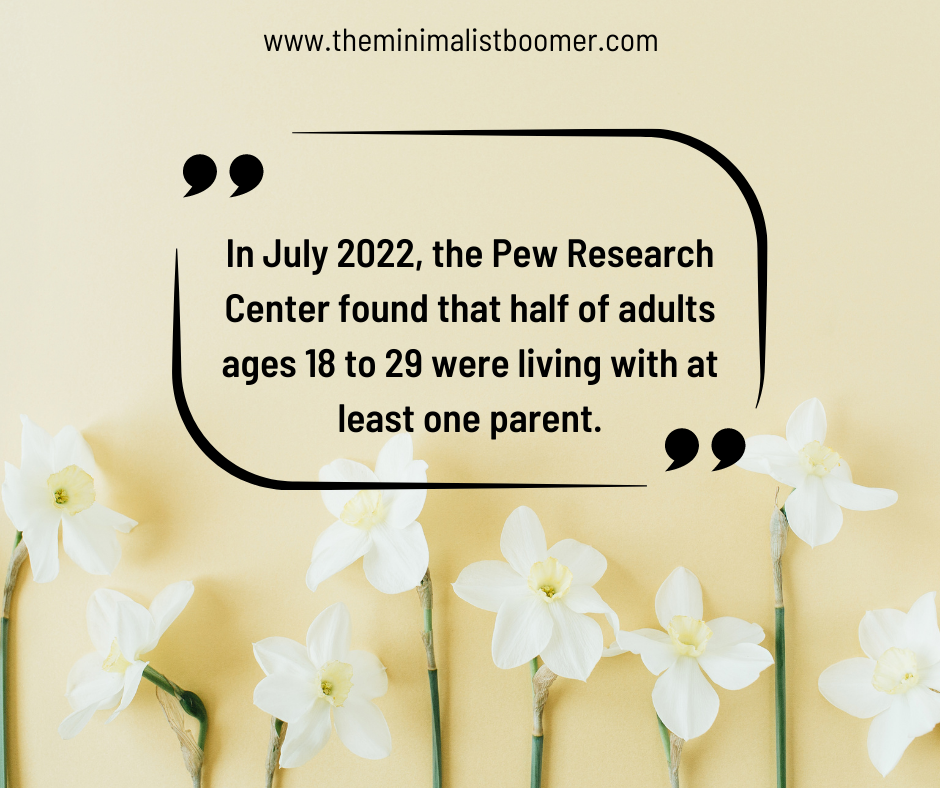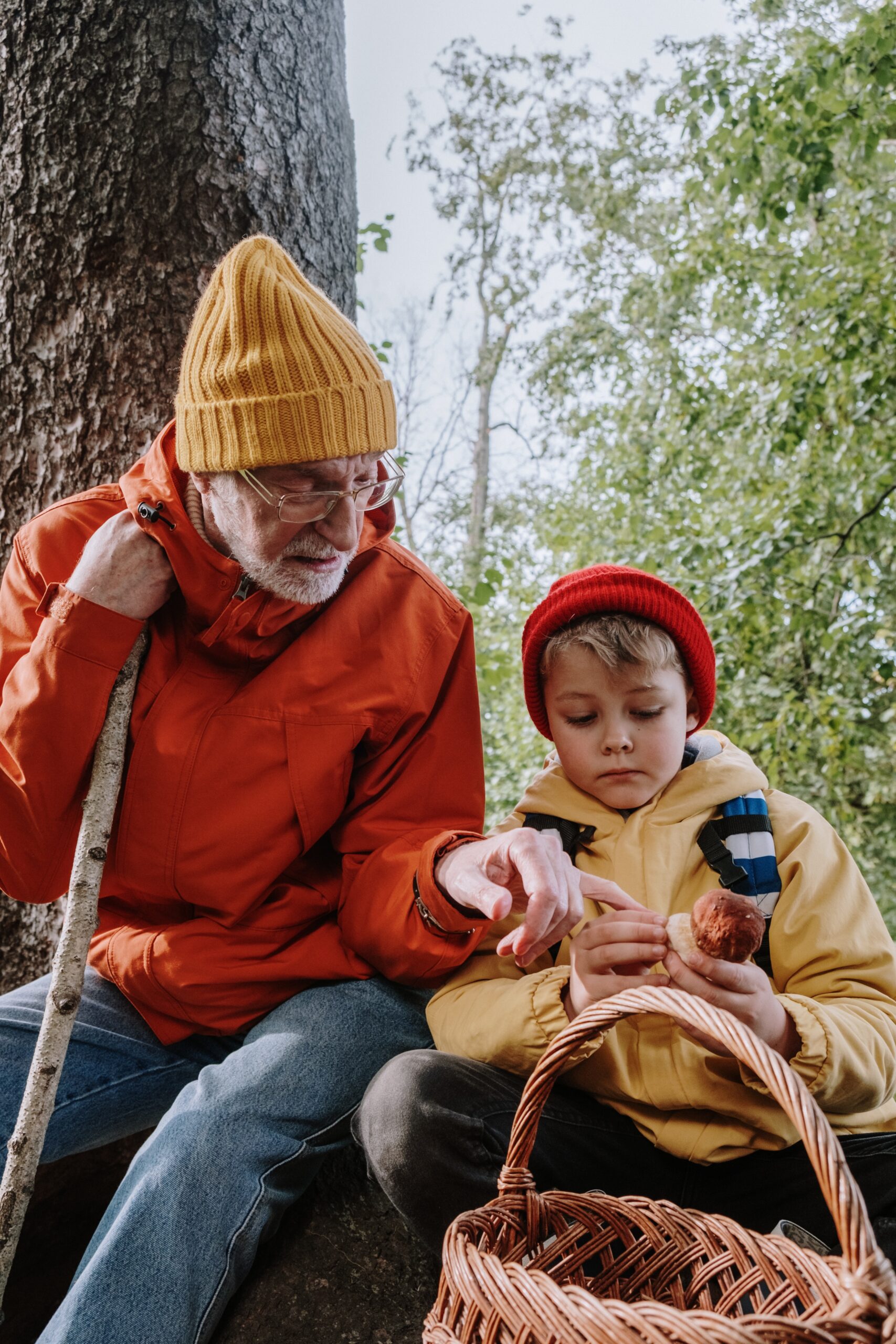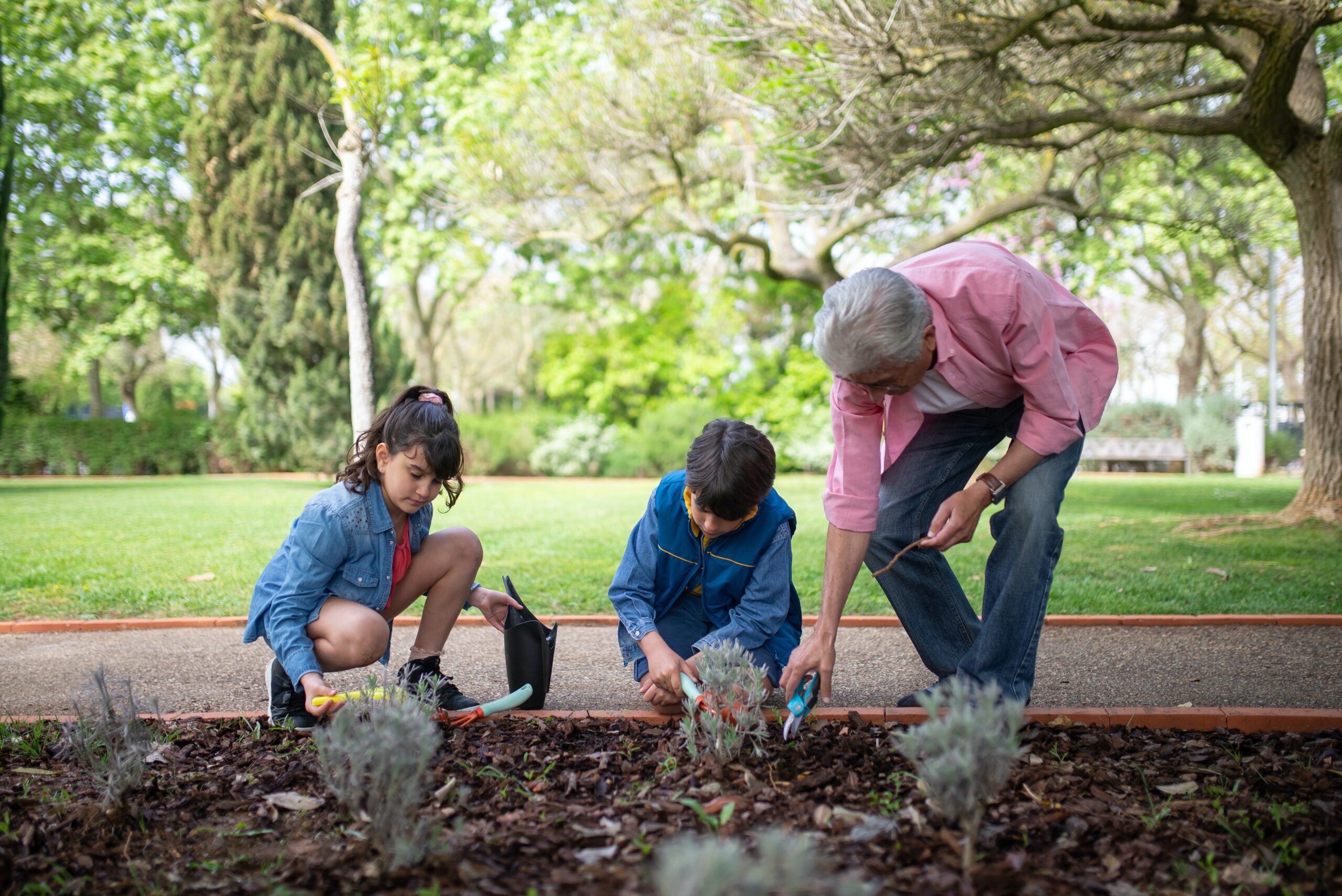We often hold back our feelings, thinking we’ll have plenty of time to express them. But what if that moment never comes? Our loved ones deserve to know how much they mean to us while they’re still here to hear it. The missed chance to share our hearts can leave both us and them with deep regret. There’s no time like the present to seize opportunities to spend time with the ones you love.
Let’s explore why it’s important to tell those we care about how we feel, now. We’ll uncover how open communication strengthens relationships and enhances emotional health for everyone involved. By speaking up today, we can enrich our connections and avoid future heartache. Let’s not wait for the funeral to say the words that truly matter. Make each day a celebration of life by just saying “Yes” to new experiences.
The Importance of Sharing Feelings
“They may forget what you said, but they will never forget how you made them feel.” —Carl W. Buehner
When it comes to expressing how we feel about our loved ones, many of us wait until it’s too late. Sharing our feelings while we have the chance isn’t just nice—it’s vital. Think of it as watering a plant; without regular care and attention, relationships can wither away. Let’s dig deeper into how sharing feelings can enrich our lives and relationships.
Emotional Connection and Healing
Sharing feelings is like building a bridge between hearts. It brings us closer and strengthens our bonds, making those connections feel like home. Openly sharing allows us to understand each other better and builds empathy. When we express our emotions, either verbally or in writing, we often find:
- Stronger Bonds: Conversations about feelings can transform relationships, making them more resilient and meaningful.
- Healing: Talking through emotions can often heal wounds, leading to forgiveness and understanding.
Consider moments where we’ve held back our thoughts—what did that achieve? Chances are, it left gaps filled with assumptions and misunderstandings. Sharing feelings can soothe those rifts, reducing the chances of regrets in the future.
Creating Lasting Memories
Think of words as seeds that grow into beautiful memories. When we tell someone we love them or thank them for being there, we’re planting seeds for tomorrow. These expressed emotions become moments we fondly look back on.
- Expressing Love: Simple acts, like saying “I appreciate you,” create snapshots of joy that last forever.
- Appreciation and Recognition: Recognizing the little things others do for us makes moments special and memorable.
Every time we share our feelings, we’re writing a page in a memory book. These pages become the stories told at family gatherings and the smiles shared across distances.
Let’s challenge ourselves to make sharing our feelings a daily habit, turning moments into cherished memories and building bridges that last a lifetime.
Practical Ways to Express Feelings
In the hustle and bustle of everyday life, it’s easy to forget to express our feelings to those we care about. Yet, it’s essential to let our loved ones know how we feel while we have the chance. Instead of waiting for a special occasion, we can integrate these expressions into our daily lives with some simple yet meaningful practices.
Writing Letters
Let’s face it, in this digital age, handwritten letters have become almost a relic of the past. Yet, nothing beats the personal touch and emotion captured in a heartfelt letter. When we put pen to paper, we create a tangible memory that our loved ones can hold and cherish. I am a HUGE fan of this form of communication. Sometimes nothing beats sharing a story, in writing, with a dear friend or family member.

Writing letters allows us to articulate feelings that might be hard to say face-to-face. It’s an opportunity to tell our family or friends what they mean to us. Perhaps we want to share how they’ve influenced our lives or recall a favorite memory.
“The best and most beautiful things in the world cannot be seen or even touched. They must be felt with the heart.” — Helen Keller
Consider setting aside time each month to write letters to those you hold dear. Not only is it a simple act of love, but it can also be incredibly therapeutic for both the writer and the recipient.
Regular Check-Ins
Life can get busy, and before we know it, days turn into weeks, and weeks into months without a meaningful conversation. Regular emotional check-ins can ensure we stay connected to the feelings and needs of our loved ones.
Imagine setting a routine—a weekly call, a monthly coffee date, or even a quick check-in text. These touchpoints offer a window to discuss feelings and provide support.

- Schedule It: Block out time on the calendar for these check-ins to make them a priority.
- Be Present: During these moments, focus on active listening and open dialogue.
- Use Prompts: Start with simple questions like “How are you feeling today?” or “Is there anything you want to talk about?”
By making check-ins a habit, we nurture our relationships and maintain emotional honesty over time.
Celebrating Life Together
Why wait for a big event to celebrate life together? Small gatherings or celebrations can serve as powerful venues for expressing love and appreciation. Whether it’s a dinner party, a picnic, or just a casual get-together, these moments are perfect for sharing how we feel.
Gatherings don’t need to be elaborate. The key is to make them personal and meaningful. We could organize activities that bring everyone closer, like sharing stories or playing games that highlight special memories.

- Plan a Hike: Taking a walk in nature is a great way to show how much you appreciate the presence and impact of your loved ones while enjoying the beauty around you.
- Create a Tradition: Establish a recurring event, like an annual family day or friend reunion, where love and gratitude are central themes.
Celebrating life together not only strengthens our current bonds but also creates lasting memories that we can cherish for years to come.
Incorporating these practices into our lives can significantly enhance our relationships and ensure that our feelings are known and celebrated. Let’s not wait until it’s too late to express our love and appreciation.
Expressing our feelings to loved ones shouldn’t be reserved for solemn occasions. Life is unpredictable, and the time to let those around us know how much they mean to us is now. By sharing our love and appreciation today, we strengthen our bonds and create lasting memories.
Let’s be bold in expressing our heartfelt emotions. We can make this commitment today by reaching out, having meaningful conversations, and cherishing our loved ones openly. It’s a simple yet powerful step that enriches our lives and theirs.
“A person will be just about as happy as they make up their minds to be.” — Abraham Lincoln
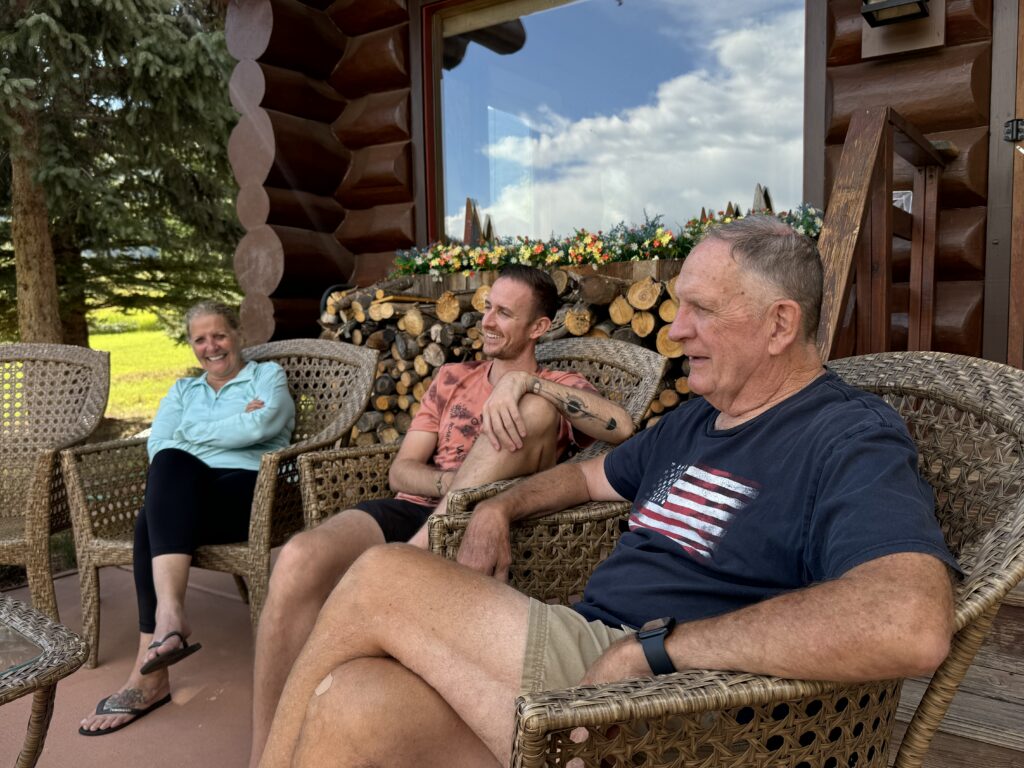
Will you make the choice to connect deeply with those you love? Give yourself and your loved ones the gift of open, genuine communication —a gift that remains long after we are gone. Share your stories in the comments below, and let’s continue looking for ways to express our feelings now.


